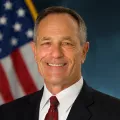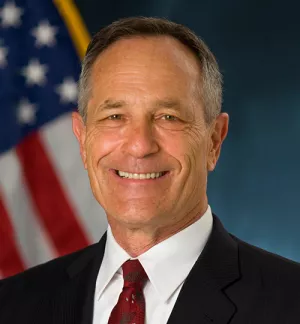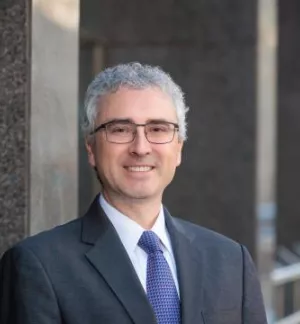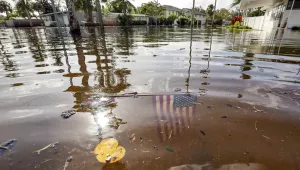Transnational criminal activity, organized or not, presents a substantial internal security threat to the United States as it does to other nation-states across the world. Combating it remains a critical mission in the homeland security enterprise. Federal efforts across that enterprise, however, remain scattered and largely ineffectual, and many types of transnational crime are resistant to the law enforcement tactics used domestically.
This paper proposes that the U.S. Department of Homeland Security (DHS) take the lead in supplementing the traditional “criminal justice” approach to countering transnational crime with strategies that aim to disrupt it and insulate Americans from its harmful effects. We contend the “Disruption Model” outlined here,* if broadly implemented, could significantly complement the current conventional approach, and produce materially improved results in managing the challenges of transnational crime and protecting the homeland from its ravages.
Bersin, Alan and Chappell Lawson. “Disrupting Transnational Criminal Activity: A Law Enforcement Strategy for Homeland Security.” Edited by Bruggeman, Nate. May 21, 2021









